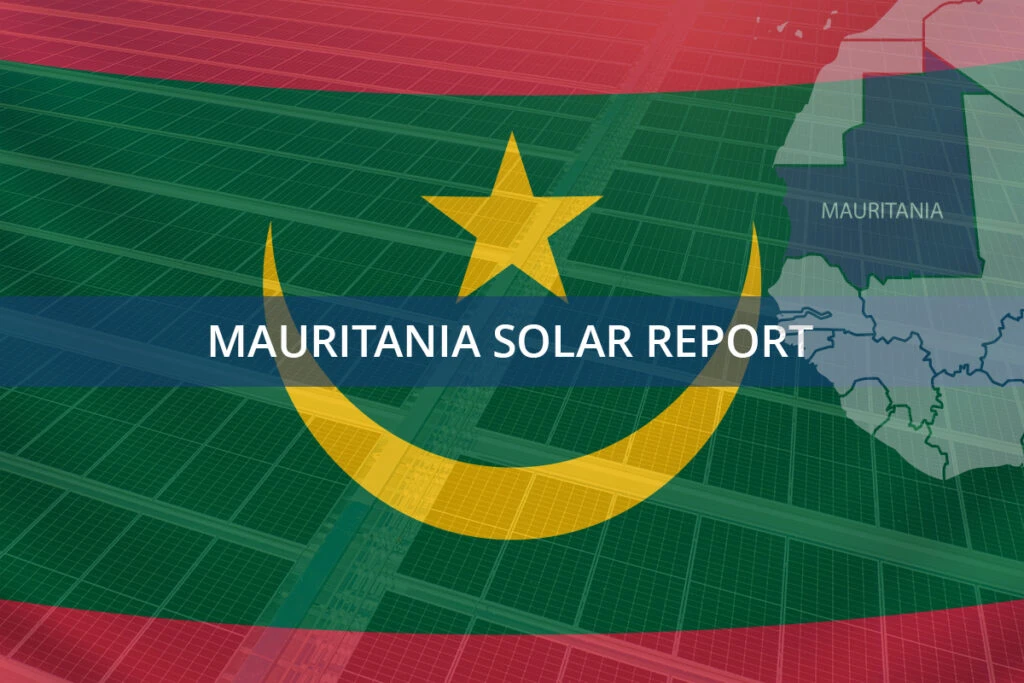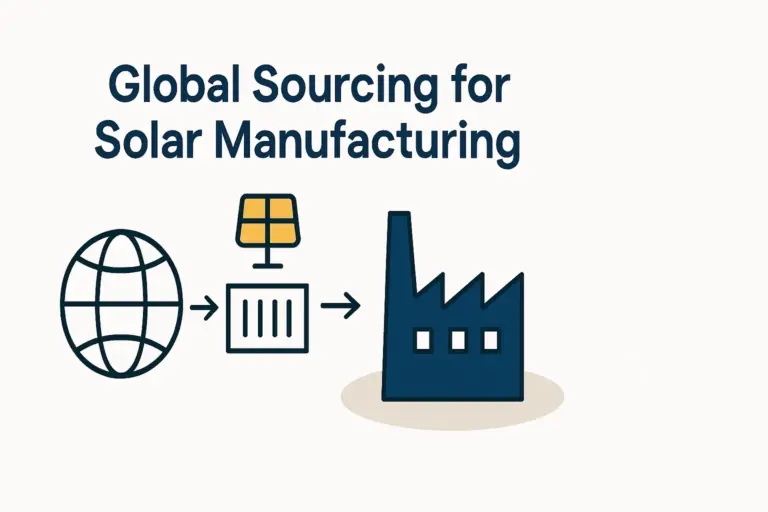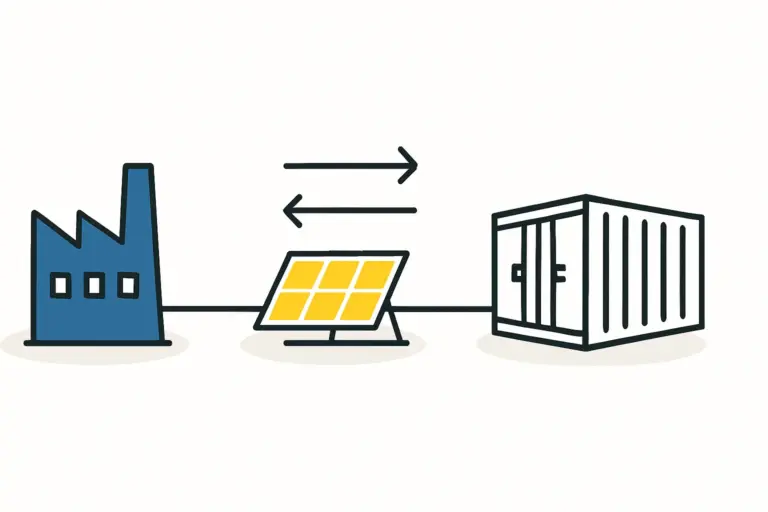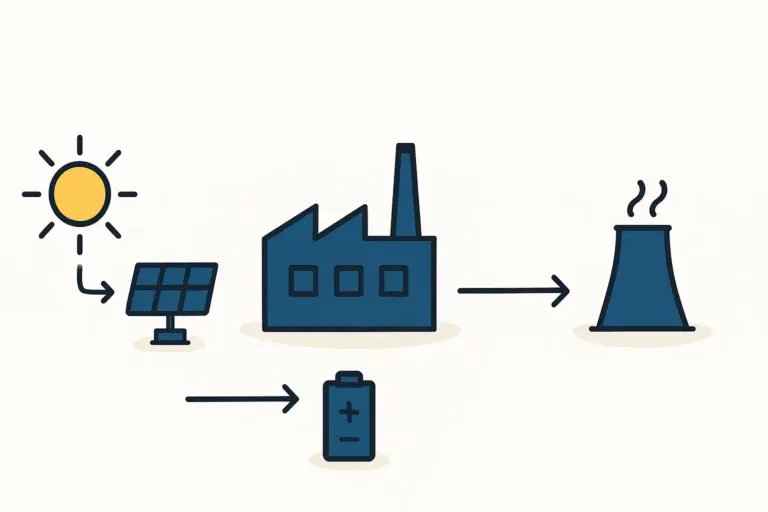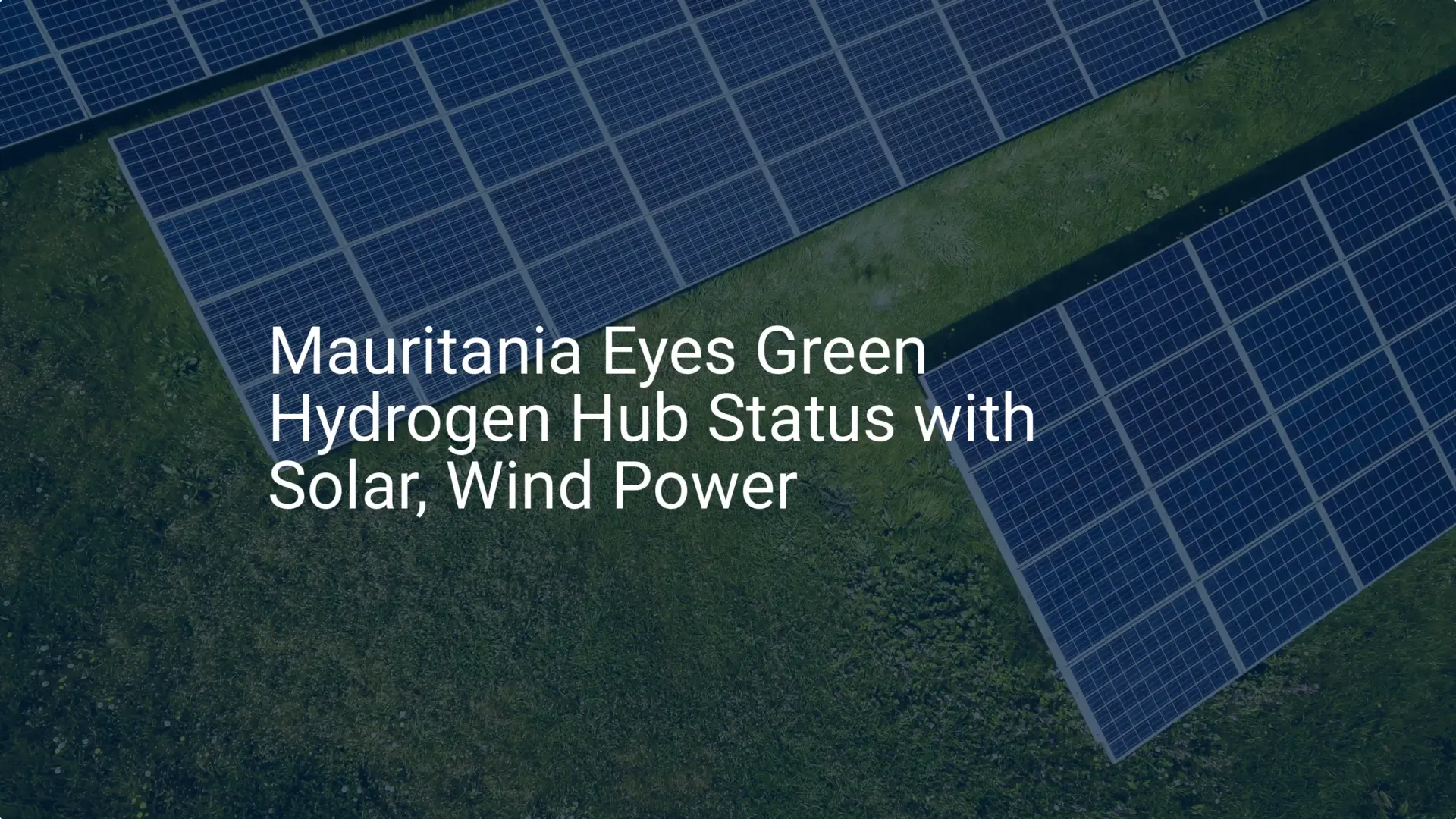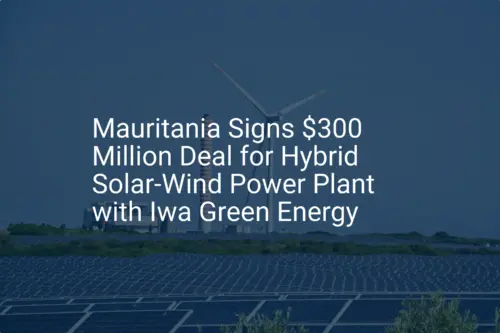Mauritania possesses one of the world’s most significant solar resources, with solar irradiation levels reaching an impressive 6 kWh per square meter per day. This natural advantage makes the country a prime location for solar energy development.
However, the very conditions that create this opportunity—intense sun, high ambient temperatures, and an arid, dusty environment—also pose significant technical challenges for standard solar module technology.
For any entrepreneur or investor considering this market, understanding these challenges is a fundamental strategic consideration. Simply importing or manufacturing standard solar modules designed for moderate European climates can lead to significant underperformance, faster degradation, and a lower return on investment.
This article explores why climate-specific solar module design is essential for long-term success in Mauritania and similar desert regions. It outlines the key technical factors that impact performance and durability and introduces a framework for producing modules engineered to thrive in such demanding conditions.
The Challenge of High Temperatures on Solar Module Performance
Every solar module has a nameplate power rating, for instance, 500 watts. This rating is determined under Standard Test Conditions (STC), which specify a cell temperature of 25°C and an irradiance of 1000 W/m². In the real world, particularly in Mauritania where daytime temperatures frequently exceed 45°C, a module’s operating temperature can easily reach 65-75°C.
This is where a critical parameter—the temperature coefficient of power—comes into play. This coefficient indicates how much power a module loses for every degree Celsius its temperature rises above the 25°C STC baseline. Most standard crystalline silicon modules have a temperature coefficient between -0.3% and -0.5% per degree Celsius.
Let’s consider a practical example:
Module: A standard 500 W module with a temperature coefficient of -0.4%/°C.
Operating Temperature: 65°C on a hot, sunny day in Nouakchott.
Temperature Difference: 65°C – 25°C = 40°C above STC.
Power Loss: 40°C × -0.4%/°C = -16%.
Actual Power Output: 500 W – 16% = 420 W.
In this common scenario, the module produces 80 watts less than its rated power solely due to heat. Over the 25-year lifetime of a solar power plant, this consistent performance gap translates into a substantial loss of energy generation and revenue.
Beyond Heat: The Compounded Effects of UV Radiation and Dust

High ambient temperature is only one part of the environmental challenge. The desert climate imposes other stressors that accelerate module degradation and reduce a project’s long-term viability.
Material Degradation from UV Radiation
Intense and prolonged exposure to ultraviolet (UV) radiation in desert regions can break down the materials used in a solar module. The encapsulant, typically Ethylene Vinyl Acetate (EVA), is particularly vulnerable. Over time, UV exposure can cause the EVA to yellow and become brittle, reducing light transmission to the cells and leading to potential delamination—where layers of the module begin to separate. This not only reduces power output but can ultimately lead to module failure.
Soiling Losses from Dust and Sand
The accumulation of dust and sand on a module’s surface, a phenomenon known as soiling, directly blocks sunlight from reaching the solar cells. In arid environments like Mauritania, soiling can reduce energy output by 10-30% or more if modules are not cleaned frequently. While regular cleaning is one solution, it adds significant operational costs to a solar project.
Mechanical Stress from Temperature Cycling
Desert climates often experience wide temperature swings between day and night. This constant thermal cycling causes materials within the module to expand and contract at different rates, placing mechanical stress on solder joints, cell connections, and the frame. Over many years, this can lead to microcracks in the cells or connection failures.
The DESERT+ Module Concept: A Framework for Climate-Specific Manufacturing
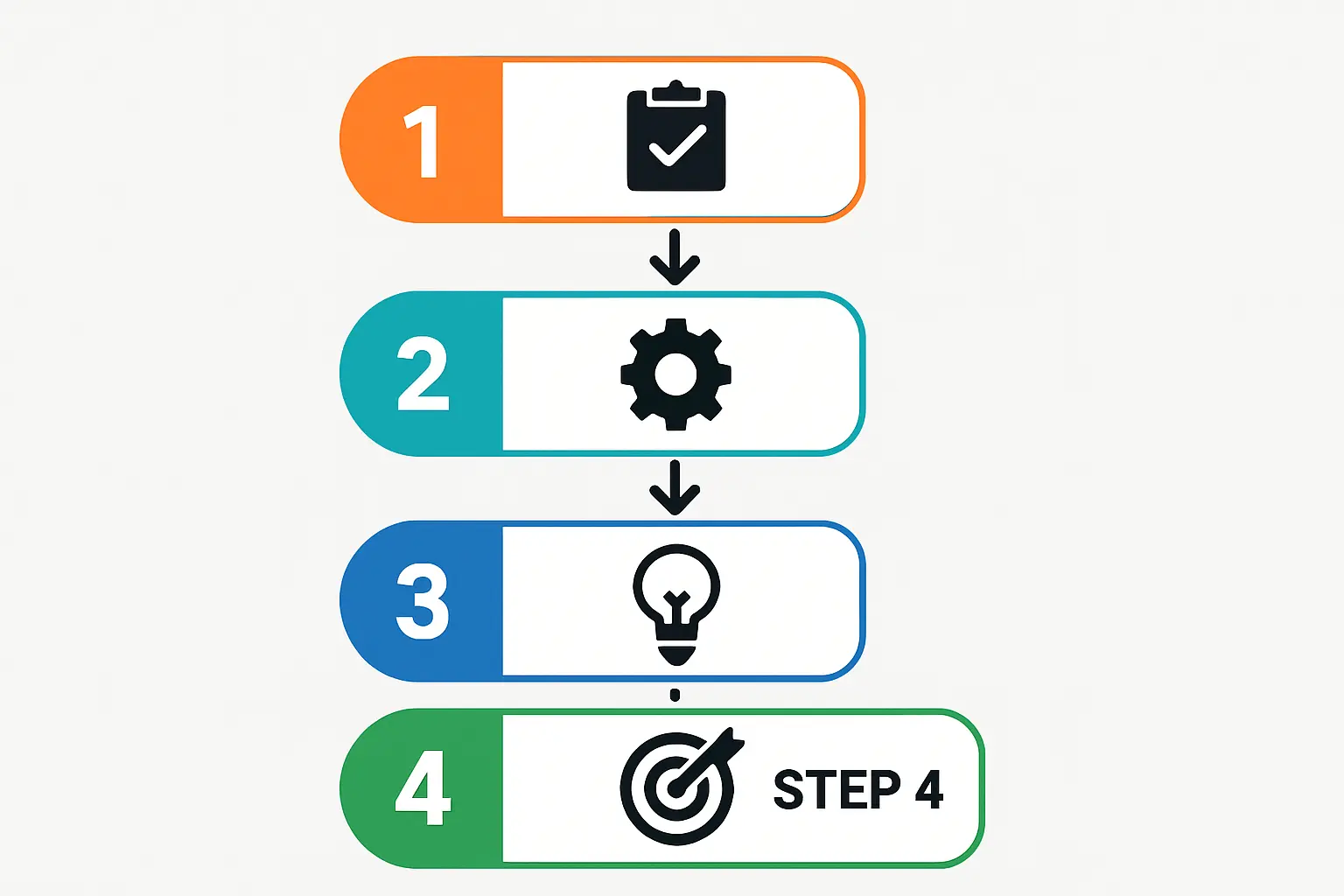
Addressing these environmental challenges requires a deliberate approach to design and material selection. The DESERT+ concept, developed by J.v.G. Technology, is not a single product but a set of specifications and manufacturing principles for creating modules optimized for hot, arid climates.
For a local entrepreneur, adopting this framework offers a clear path to producing a high-value, differentiated product. This approach is fundamental when planning any new solar module manufacturing operation that aims to serve these demanding markets.
Selecting Cells with Low Temperature Coefficients
The foundation of a high-temperature module is the solar cell itself. By selecting cells with a superior (less negative) temperature coefficient, the inherent power loss from heat is minimized from the start. Technologies like Heterojunction (HJT) or TOPCon often exhibit better temperature performance than standard PERC cells.
Utilizing UV-Resistant Encapsulants and Backsheets
Instead of standard EVA, a DESERT+ module uses more robust encapsulants like Polyolefin Elastomer (POE). POE offers superior resistance to UV degradation and moisture ingress, preventing yellowing and delamination over the module’s lifespan. Similarly, a high-quality, UV-stabilized backsheet is critical for protecting the rear side of the cells and ensuring long-term electrical safety.
Engineering for Durability and Soiling Resistance
A robust, corrosion-resistant aluminum frame and a sealed, high-quality junction box are essential for withstanding mechanical stress and preventing moisture or dust ingress. The front glass can also be treated with a special anti-soiling coating. This hydrophobic and anti-static layer helps reduce dust accumulation and makes the modules easier to clean, preserving energy output and reducing maintenance costs.
The Business Case for Specialized Modules in Mauritania
Producing climate-adapted modules requires a slightly higher initial investment in materials and process control. However, this premium is quickly justified by a compelling business case built on three pillars:
-
Higher Lifetime Energy Yield: A module that loses less power to heat and degrades slower will generate significantly more electricity over its 25- to 30-year life. This improves the project’s financial returns and lowers the Levelized Cost of Energy (LCOE), making solar power more competitive.
-
Building a Premium Regional Brand: A local Mauritanian manufacturer producing modules certified for desert conditions gains an immediate and sustainable competitive advantage. They can position their products as superior to standard, mass-market imports, commanding a better price and building a reputation for quality and reliability. Setting up a turnkey production line focused on such a specification creates a strong market identity.
-
Securing Bankability and Investor Confidence: For large-scale projects, investors and lenders carefully scrutinize technical risks. Using modules proven to withstand local conditions lowers the project’s perceived risk profile. A proper module certification for desert conditions (e.g., IEC 61701 for salt mist or IEC 60068 for dust and sand) provides third-party validation, making it easier to secure financing.
Based on experience from J.v.G. projects in similar climates, specialized modules can outperform standard ones by 5–10% in annual energy production, directly improving project economics.

Frequently Asked Questions (FAQ)
What is a temperature coefficient and why does it matter?
The temperature coefficient of power measures how much a solar module’s power output decreases for every degree Celsius its cell temperature rises above 25°C. In a hot climate like Mauritania’s, a module with a lower (less negative) coefficient will maintain more of its power output, generating more energy and revenue over its lifetime.
Are DESERT+ modules much more expensive to produce?
The bill of materials (BOM) for a desert-optimized module is marginally higher due to premium components like POE encapsulant and higher-performance cells. However, this cost is a small fraction of the total module price and is overwhelmingly justified by the increased energy yield, longer lifespan, and strong market positioning it provides.
Can any factory produce these types of modules?
Yes, a factory equipped with the right machinery and quality control processes can produce specialized modules. The key is in the engineering and process definition phase, where specific materials and production parameters are established. This is a core component of a well-planned turnkey factory setup.
How important is certification for specialized modules?
Certification is crucial. It provides independent verification that a module meets specific performance and safety standards for harsh environments. Certifications like the IEC dust and sand test are essential for gaining market trust, qualifying for government tenders, and securing financing for large-scale projects.
Conclusion and Next Steps
The immense solar potential of Mauritania calls for an equally sophisticated technical approach. For entrepreneurs and investors looking to enter the solar manufacturing sector, the path to long-term success lies not in competing on price with standard modules, but in creating superior value through climate-specific engineering.
By producing modules designed to perform reliably and efficiently in the local environment, a Mauritanian manufacturer can build a powerful brand, deliver better project returns for its customers, and play a pivotal role in advancing the region’s energy independence. Understanding these technical nuances is the first step toward developing a robust business plan for a successful solar manufacturing venture.

